Produce Spotlight: The Ultimate Guide to Cauliflower
Ever wondered if you can regrow cauliflower? Are cauliflower stalks edible? How do you make cauliflower rice? Read up on cauliflower growing info, culinary tips and nutrition in this this month’s Produce Spotlight. It is the Ultimate Guide to Cauliflower.

Cauliflower Origin and Growing Information
Origin
Cauliflower is part of the “cole” vegetables family, which also includes broccoli, kale, cabbage and Brussels sprouts. It were first cultivated in Asia Minor, and was first eaten in North America in the 17th century.

Growing Tips
Cauliflower grows best in cool, moist environments. For this reason, it is historically most popular in New England in early summer or fall. Cauliflower plants prefer to get 6 hours of direct sunlight a day and are sensitive to hot temperatures. One piece of advice is to cover plants with an old milk jug to protect them from intense sun or heat
Harvesting
Harvest cauliflower when the heads of the plant are white, firm and compact. Ideally, plants can grow 6-8 inches in diameter. Cauliflower plants should be cut with a sharp knife about 1-2 inches from the base, leaving a few leaves to protect the stem.
Cauliflower plants only produce one head. The roots can be dug and added to a compost pile if they are healthy and disease free.
Cooking and Preparing Cauliflower
Cauliflower Rice and Pizza
Cauliflower rice is made with raw cauliflower that has been finely chopped. It can be purchase or you can make your own in a food processor. The riced is then cooked. My basic cauliflower rice recipe can be seen here.
Cauliflower pizza is a trendy gluten-free and low carb alternative to pizza made with grain crust. Cauliflower is riced and steamed and excess moisture is removed. Then it is mixed with eggs and cheese and baked until it holds together. Add toppings as desired.
Freezing Cauliflower
Cauliflower can be frozen. Cut it into florets, and blanch for 1 to 2 minutes. Shock in an ice bath to stop the cooking process and dry well. Freeze in a single layer on a sheet pan, then transfer the cauliflower to a resealable freezer bag or cryovak.
Cooking Methods
Cauliflower can become sulfurous and watery if overcooked so try to err on the side of only cooking it until tender. It can be steamed or roasted. It can also be cooked until completely soft and then made into a puree similar to mashed potatoes.
It is best paired with bold flavors such as curry or garlic and herbs as they help to balance the peppery taste. See the recipe section below for lots of healthy cauliflower recipes.
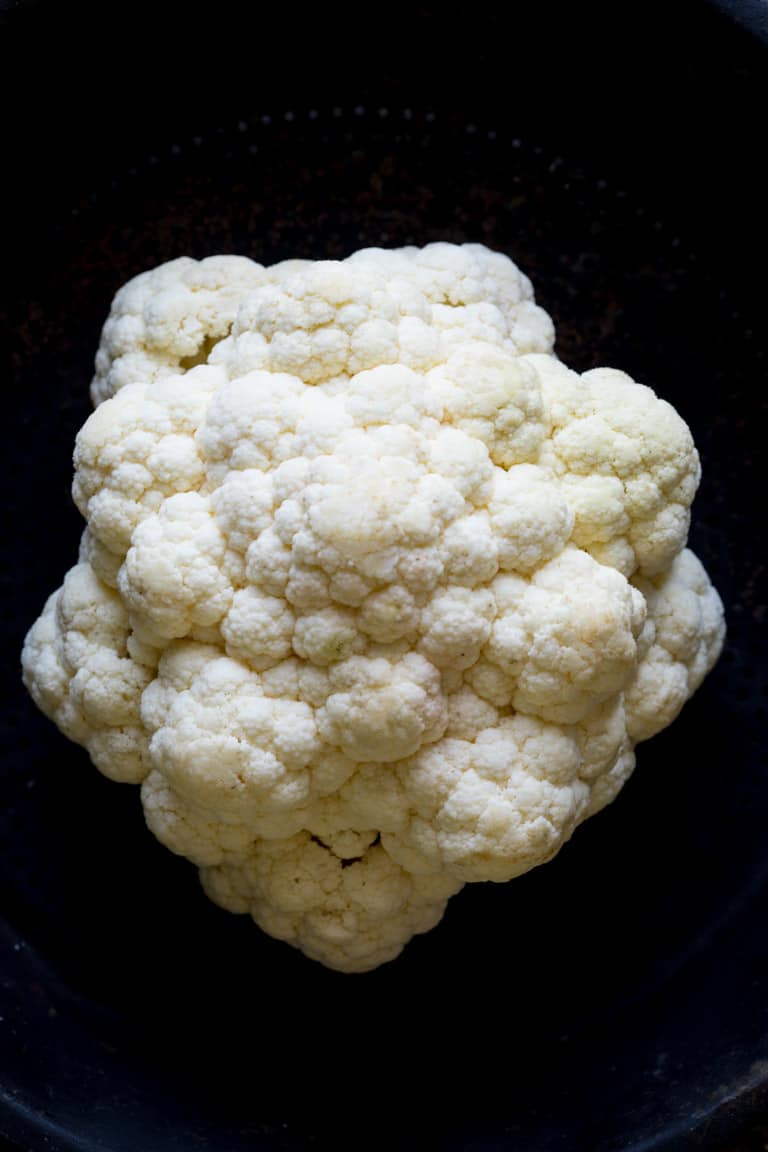
Nutrition of Cauliflower
Health Benefits
- Eating a variety of vegetables is great for your health, and cauliflower absolutely fits into that!
- Just one cup provides 90% of your daily recommended vitamin C, 15% of folate and 10% of vitamin K and potassium.
- These nutrients help you body fight illnesses, promote heart health and assist in healthy growth. They also are low in calories, low in carbohydrates and high in fiber, which is helpful for weight loss and fullness.
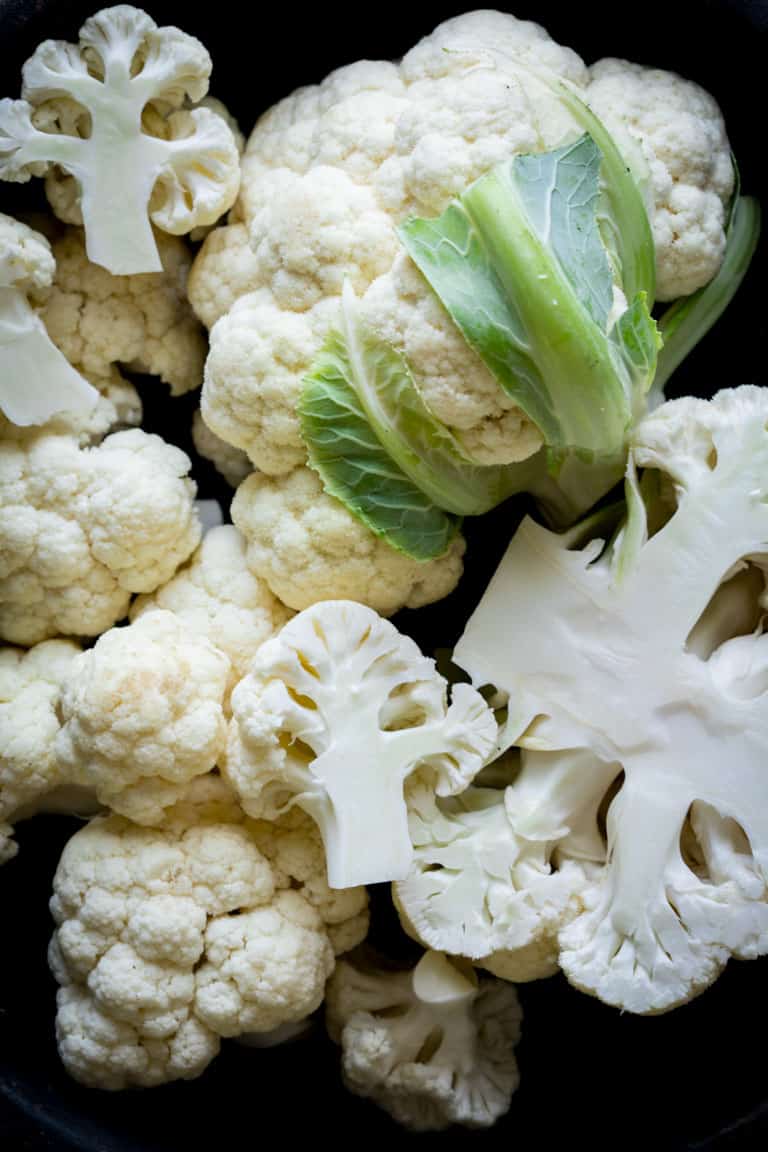
FAQs
Cauliflower is great eaten raw, and has a pleasant crisp texture and slightly peppery flavor. It is a nice addition to a crudité platter with dip or in a salad.
Cauliflower comes in several colors other than white, including yellow, green and purple! Not only is this beautiful, but darker varieties, such as green or purple, can contain up to 25% more vitamin C than traditional cauliflower. This is due to a beta carotene mutation that gives the plants their beautiful hues. However, no need to fret if your grocery store only has white cauliflower heads. The traditional variety has 90% of your vitamin C needs.
Cauliflower stalks are completely edible! Removing the hard outer peel makes them much easier to eat, and they can be cooked in the same way as the heads of the plant. Their nutritional make up is similar, with slightly more fiber due to their density and slightly less vitamin A. However, the nutritional difference between the head and the stalk is marginal.

Cauliflower Recipes
Cauliflower Recipes
Cauliflower is a great vegetable to add to your cooking routine. It's very nutrient-dense and versatile. With cauliflower, you can make anything from creamy smoothies to Buffalo bites and more! It's also a great healthy alternative to rice in many recipes, as it's extremely low in calories.
Simple Air Fryer Cauliflower
This easy Air Fried Cauliflower side dish compliments a variety of main courses and requires only a few basic pantry staples.
Simple Steamed Cauliflower with Herbs
Making this recipe for simple steamed cauliflower with herbs is so easy. All you have to do is chop the cauliflower and steam it. Then drizzle it with a bit of olive oil, herbs and salt and pepper. It’s a naturally low-calorie, low-carb side dish to round out your dinner.
Super-Easy Curry Roasted Cauliflower Recipe
This Curry Roasted Cauliflower is a super easy gluten-free and vegan side dish to add to your weekly dinner routine. It’s ready in just 30 minutes and the curry adds that flavorful boost that makes you want to eat all your vegetables!
Roasted Broccoli And Cauliflower With Cheese
With only 15 minutes of prep and 30 minutes of cooking time this Roasted Broccoli and Cauliflower With Cheese is the perfect side dish. Lining the sheet pan with foil is key to catching the melted cheese drips and making clean up a breeze!
Air Fryer Buffalo Cauliflower Wings
These Air Fryer Buffalo Cauliflower Wings are crispy on the outside and tender on the inside with a classic spicy Buffalo sauce coating each and every nook and cranny. They’re the perfect healthy vegetarian appetizer for game day but taste just like chicken wings!
Bang Bang Cauliflower Air Fryer
This Bang Bang Cauliflower made in the Air Fryer is an easy appetizer everyone will love! They are air-fried until they are just tender and crispy then tossed with spicy Bang Bang sauce!
Cauliflower Hummus
You won’t believe that this hummus is made with cauliflower instead of chickpeas! It is a dead ringer for it’s higher carb relative, but without any beans and only 2 grams of net carbs per serving. That means it is lectin-free, keto, Whole30, vegan and paleo. The texture and taste are spot on!
Mexican Cauliflower Patties
These low-carb Mexican cauliflower patties are everything! They are the bee’s knees! They are gluten-free and vegetarian and will disappear in a flash, they taste so good!
Turmeric Roasted Cauliflower and Tempeh Power Salad Vegan
These Turmeric Roasted Cauliflower and Tempeh Power Salads are so special! They’re piled high with roasted tempeh and cauliflower (tossed with turmeric and miso) and then topped with toasted walnuts, vegan shiitake bacon and drizzled with sweet and creamy maple tahini salad dressing.
Cauliflower Macaroni and Cheese with Vegetables
My daughter had thirds of this cauliflower macaroni and cheese with vegetables! It is a springtime vegetarian casserole that the whole family will love. The cheesy macaroni is baked with crunchy breadcrumbs on top and is studded with cauliflower, peas and protein-packed edamame. Who doesn’t love healthy macaroni and cheese?
Easy Broccoli and Cauliflower Casserole
This make-ahead broccoli and cauliflower casserole has delicious creamy cheddar leek sauce and crunchy panko breadcrumb topping. It can be prepared a day ahead or you can make it and serve it right away.
Healthy Pasta with Romanesco Cauliflower with Anchovies
Let me count the ways this pasta has a lot going for it in it’s Italian simplicity. It’s made with Romanesco Cauliflower and Anchovies, and my family adored it!
Cheesy Cauliflower Tots
Cauliflower tots are here to stay, and if you're a fan of regular tater tots, I can confidently say you'll love these. Dip them in ketchup or any of your other favorite condiments.
Cheesy Cauliflower Breadsticks | Cabot Creamery
You'll never believe these cauliflower breadsticks are gluten-free! So cheesey, so delicious, and most importantly, pretty simple and straightforward to make. You can thank me later.
Butternut Squash & Cauliflower Casserole
Here, butternut squash and cauliflower come togther to form the perfect side. This is not only a great Thanksgiving side dish, but a great dish to make on a weeknight. It's low-carb and packed with flavor.
Instant Pot Cream of Cauliflower Soup
Today’s new recipe for Easy Instant Pot Cream of Cauliflower Soup with Sharp White Cheddar Cheese is the first of my new pressure cooker recipes here on Healthy Seasonal Recipes. But if you haven’t bought an instant pot yet, there’s a slow cooker option as well. The recipe is naturally gluten-free and only 245 calories per cup!
Thanks so much for reading! If you are new here, you may want to sign up for my email newsletter to get a free weekly menu plan and the latest recipes right to your inbox. If you make this recipe, please come back and leave a star rating and review. I would love to hear what you thought!
Happy Cooking! ~Katie


















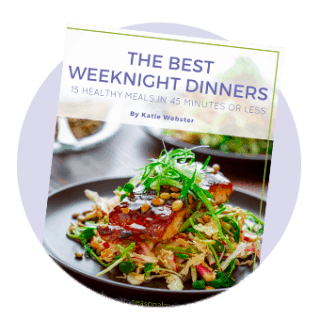

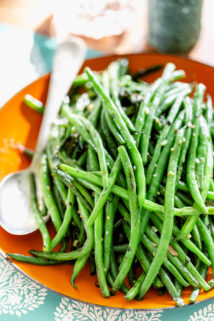

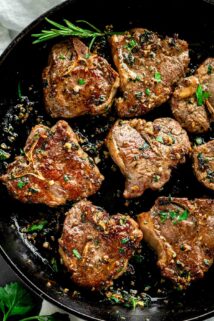
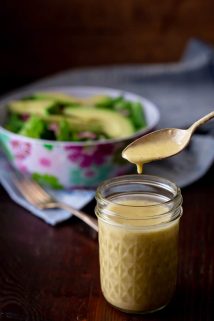

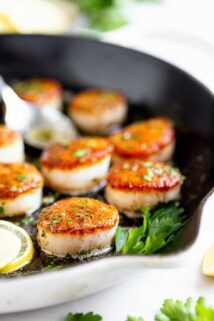



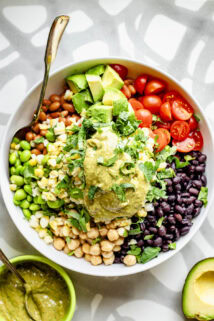

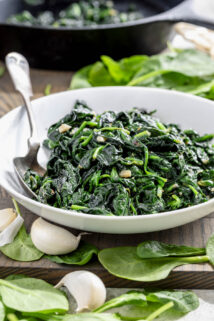
I love this post, especially all the info on cauliflowers and the great choice of recipes! We eat a lot of purple cauliflower here in Italy. In fact, Italy is one of the few countries that grow it. Although, Italians call it purple broccoli!
I just saw some purple cauliflower at the market last week. We can only get it in the fall here in Vermont. That’s funny that it is called purple broccoli in Italy. Doesn’t really have the same type of texture. Hmm.
So much great advice here! We are thinking of growing cauliflower next year, as there is so much you can do with it.
I haven’t grown it in my garden yet either, I am always wary of the cruciferous veggies, because of worms and bugs. But I should get over it, since home-grown is always the best!
Cauliflower is my favourite vegetable, I just love the flavour and smell of the stuff… I even munch on it raw whilst I am preparing it for whatever meal it is going into! It is however my only nod towards healthy as cauliflower and butter are such wonderful bed fellows 😉
I love raw cauliflower too. And my daughters do as well! It’s great for crudite. I agree about butter, and even more so cheese!
I love cauliflower! It’s one of my favorite ingredients to cook with – such q great guide!
I love that you love cauliflower too. It really is the new kale!
What a wonderful guide to cauliflower! I love making cauliflower rice. Also, I need to look for the colourful varieties especially since they are so rich in vitamin C!
This is the time of year when you’ll see them. They are usually orange or purple. So cool!